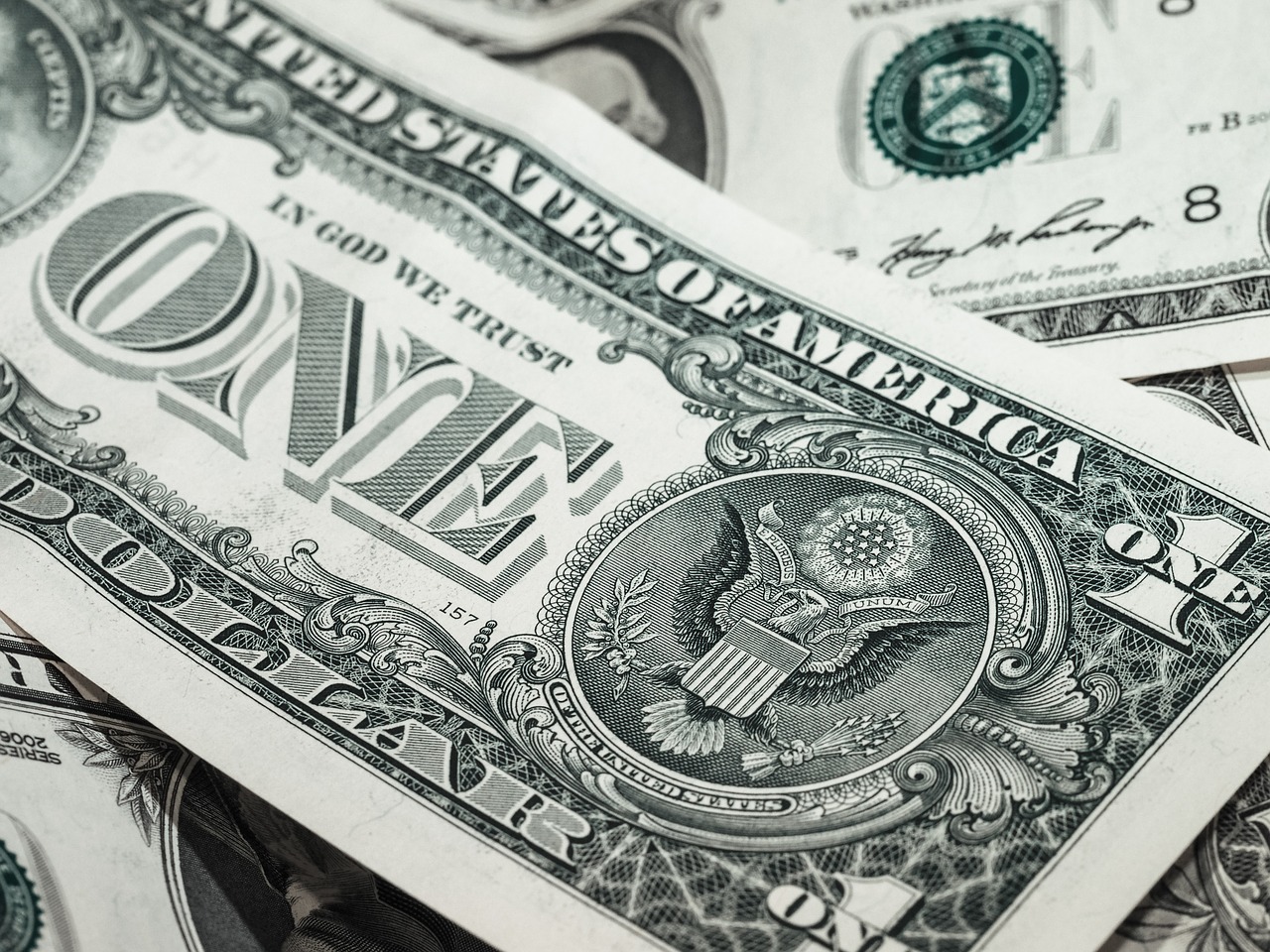On Wednesday, the US dollar recorded gains against a basket of its peers, as it held close to a high of two decades.
Investors shifted their focus towards the speech of the Federal Reserve chairman, Jerome Powell, on Friday for new clues about how aggressive they would be against their inflation battle.
Hawkish expectations
Traders have already trimmed expectations that the US central bank could slow down its pace of rate hikes, as the annual inflation stands at 8.5%, which is significantly higher than the 2% target of the Fed.
Powell is scheduled to deliver a speech at the symposium in Jackson Hole and it will be scrutinized for any hints about altering the bank’s strategy because of the economic slowdown.
Market analysts said that even though the markets were moving back and forth between recession and inflation, the central banks are exclusively focused on inflation for now.
Traders of Fed funds futures have already priced in a 61% possibility of the Fed hiking the interest rates by 75 basis points in its meeting next month, while the probability of a 50bps increase stands at 39%.
Dollar movements
There was a 0.13% rise in the US dollar index, which reached 108.67 and was just slightly below a high of 20 years at 109.29 that it had hit on July 14th.
It is possible that the greenback might pare some of its gains on Friday if Powell shows any concerns about the consequences of their aggressive monetary tightening.
Market analysts said that the Federal Reserve is often read as dovish by the market, which had been seen in the FOMC minutes.
This means that the dollar would remain high before Powell’s speech, but then the market could read the chairman dovishly and this would result in a selloff.
There was a rise in the US dollar, even after data on Wednesday showed that the rise in new orders for capital goods made in the US had been slower than expected in July, as compared to a month earlier.
This indicated that there may be difficulty in the rebound of business spending on equipment after the second quarter saw it contract.
Other data and currencies
On Wednesday, other data also showed that about 462,000 jobs had likely been created in the US economy in 12 months leading to March than had been estimated previously.
There was a 0.06% drop in the euro against the greenback at $0.9961 after it had come down to a two-decade low on Tuesday at $0.99005.
The common currency has suffered losses because of the rising concerns about the energy crisis in Europe.
Russia’s Gazprom recently announced the halt in supplies for three months at the end of August through the Nord Stream 1 pipeline.
This has renewed worries about the gas crisis, with the winter season fast approaching and investors remaining on edge.
Cyclical currencies like the Australian and New Zealand dollar were also under pressure because of worries about a global slowdown in growth.

